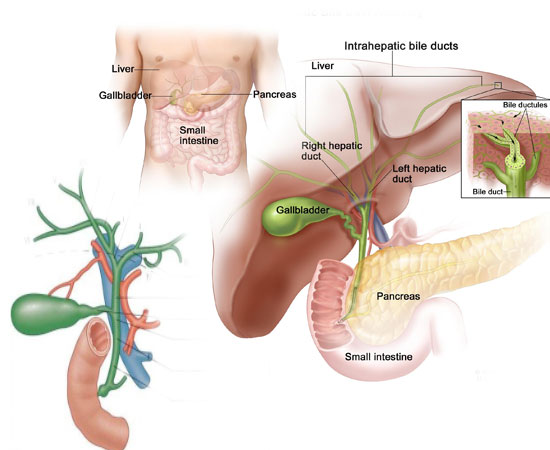About CBD Stone Removal

Choledocholithiasis (also called bile duct stones or gallstones in the bile duct) is the presence of a gallstone in the common bile duct. Gallstones usually form in your gallbladder. The bile duct is the small tube that carries bile from the gallbladder to the intestine. The gallbladder is a pear-shaped organ below your liver in the upper right side of your abdomen. These stones usually remain in the gallbladder or pass through the common bile duct unobstructed.
When common bile duct (CBD) stone removal by endoscopic procedure fails, CBD exploration is an alternative procedure. However, nondilated CBD is a contraindication to choledochotomy. The purpose of this study was to investigate the results of laparoscopic CBD exploration (LCBDE) following unsuccessful endoscopic stone removal in nondilated CBD
Choledocholithiasis (stones in common bile duct) is one of the complications of cholelithiasis (gallstones), so the initial step is to confirm the diagnosis of cholelithiasis. Patients with cholelithiasis typically present with pain in the right-upper quadrant of the abdomen with the associated symptoms of nausea and vomiting, especially after a fatty meal. The physician can confirm the diagnosis of cholelithiasis with an abdominal ultrasound that shows the ultrasonic shadows of the stones in the gallbladder.
• Intrahepatic ducts: Intrahepatic ducts are a system of smaller tubes within the liver that collect and transport bile to the extrahepatic ducts.
• Extrahepatic ducts: The extrahepatic ducts begin as two parts, one on the right of the liver and the other on the left. As they descend from the liver, they unite to form the common hepatic duct. This runs directly toward the small intestine.
What are the symptoms?
- Abdominal pain in the right upper or middle upper abdomen
- Fever
- Jaundice (yellowing of the skin and eyes)
- Loss of appetite
- Nausea and vomiting
- Clay-colored stools
The pain caused by gallstones in the bile duct can be sporadic, or it can linger. The pain may be mild at times and then suddenly severe. Severe pain may require emergency medical treatment. The most severe symptoms may be confused with a cardiac event like a heart attack.

